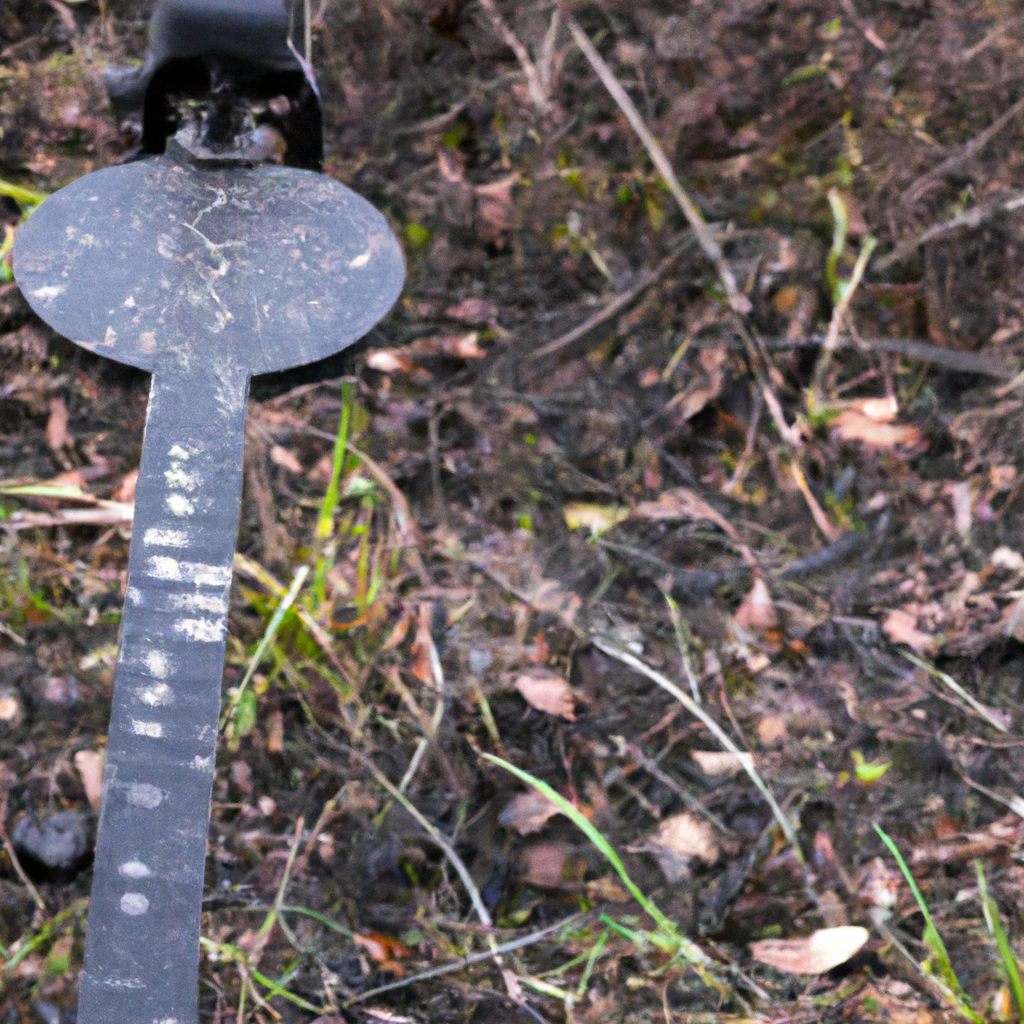Metal detectors are devices that are used to detect metallic objects that are hidden beneath the ground, under water, or in other places. They are commonly used by archaeologists, treasure hunters, and security personnel. The metal detector works by emitting an electromagnetic field that interacts with the metallic object, causing a signal to be sent to the detector. This signal is then analyzed to determine the type of metal that has been detected. In this article, we will discuss in detail how a metal detector detects different metals, the components that make up a metal detector, and how metal discrimination works.
Components of a Metal Detector
A metal detector consists of three main components: the search coil, the control box, and the shaft. The search coil is the part of the metal detector that is responsible for emitting and receiving the electromagnetic field. It is typically made of a circular or elliptical shape and can be either (i) concentric or (ii) Double-D (DD) shape. The concentric coil emits an oval-shaped electromagnetic field, while the DD coil emits a more rectangular-shaped electromagnetic field. The control box is the part of the metal detector that contains the electronics that control the device. It contains the battery, the microprocessor, and the circuitry that converts the signal from the search coil into an audible or visual display. The shaft connects the search coil to the control box and can be adjustable in length to accommodate the height of the user.
How a Metal Detector Detects Different Metals
When the search coil of a metal detector is energized, it emits an electromagnetic field around it. The electromagnetic field interacts with the metallic object in two ways: (i) inducing a current within the metal, and (ii) causing a magnetic field in the metal. The current that is induced within the metal creates a secondary electromagnetic field that opposes the original field. This opposition causes a change in the original field’s strength, shape, and frequency, which is detected by the search coil. The magnetic field that is created in the metal also interacts with the electromagnetic field, causing another change in the original field’s strength, shape, and frequency. This change is also detected by the search coil.
Metal Discrimination
Metal discrimination is the ability of a metal detector to differentiate between different types of metal. This is done by analyzing the signal that is received by the search coil. The signal is analyzed based on its strength, shape, and frequency. Different metals have different electrical and magnetic properties, which affect the signal that is detected. For example, aluminum produces a weaker signal than iron or steel. Therefore, a metal detector that has the capability of metal discrimination will be able to distinguish between aluminum and iron or steel.
Conclusion
In conclusion, a metal detector detects different metals by emitting an electromagnetic field that interacts with the metallic object, causing a change in the original field’s strength, shape, and frequency. This change is detected by the search coil, which sends a signal to the control box. The signal is then analyzed to determine the type of metal that has been detected. The ability of a metal detector to differentiate between different types of metal is called metal discrimination. Metal discrimination is achieved by analyzing the signal’s strength, shape, and frequency and comparing them to the known properties of different metals. The search coil, control box, and shaft are the main components of a metal detector. The search coil emits and receives the electromagnetic field, the control box contains the electronics that control the device, and the shaft connects the search coil to the control box.







